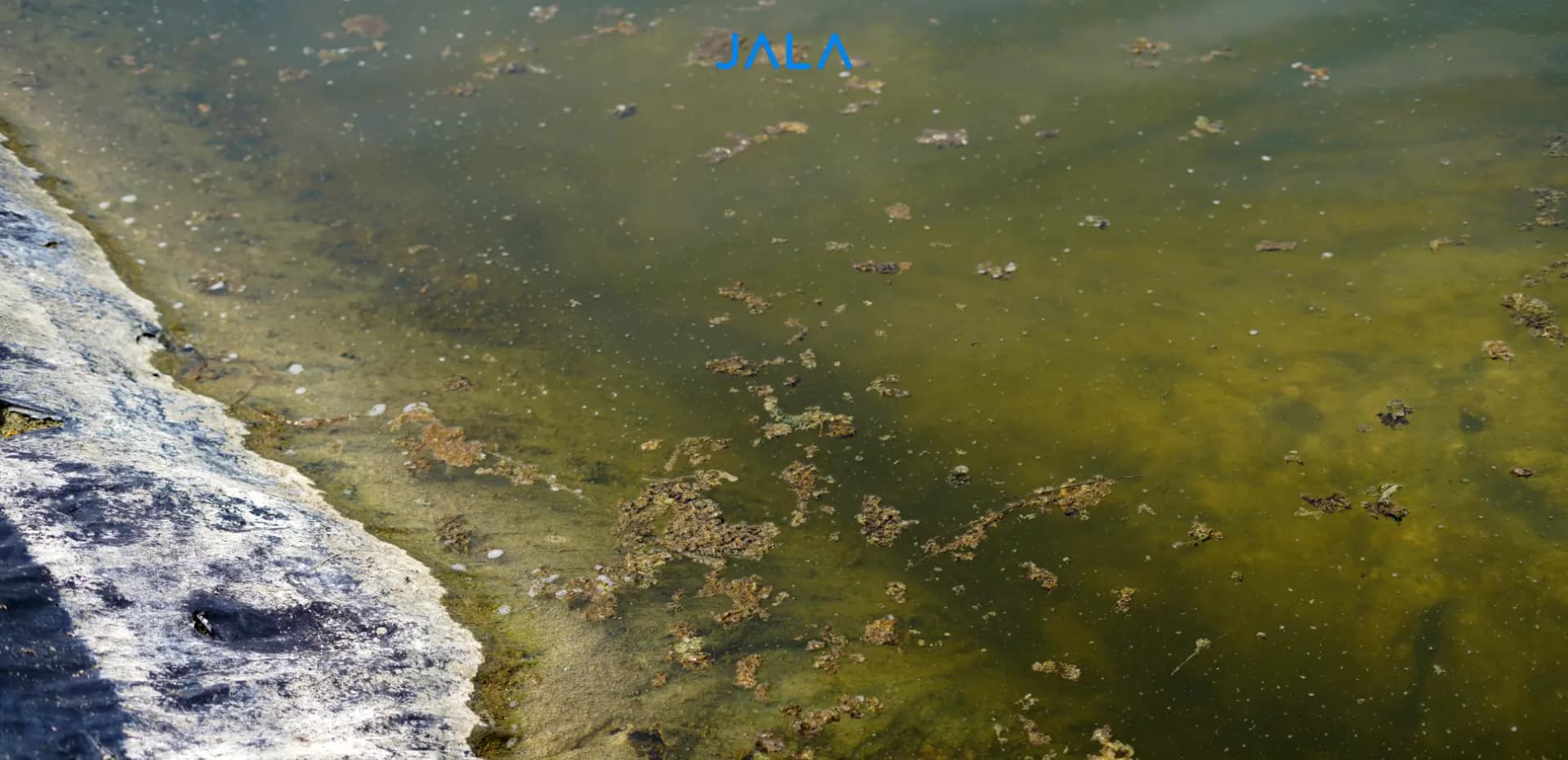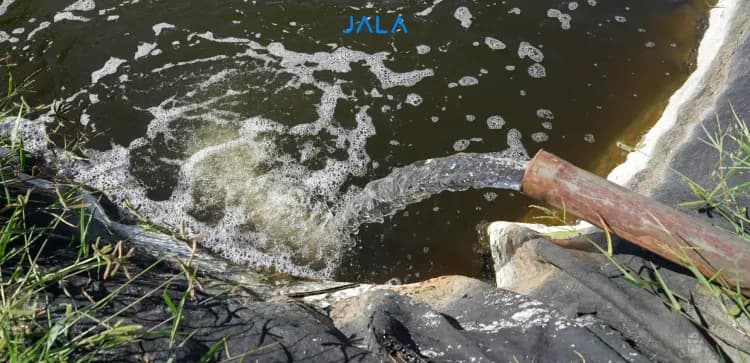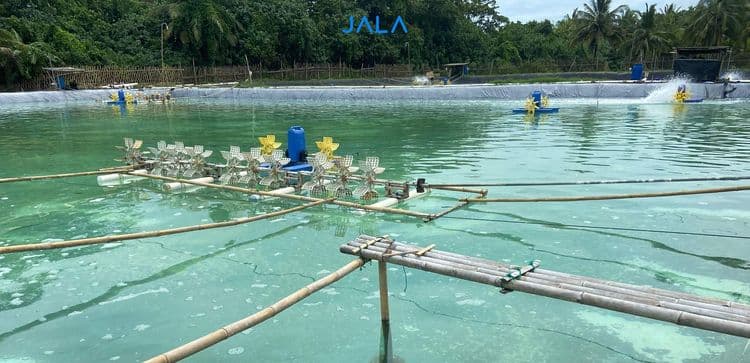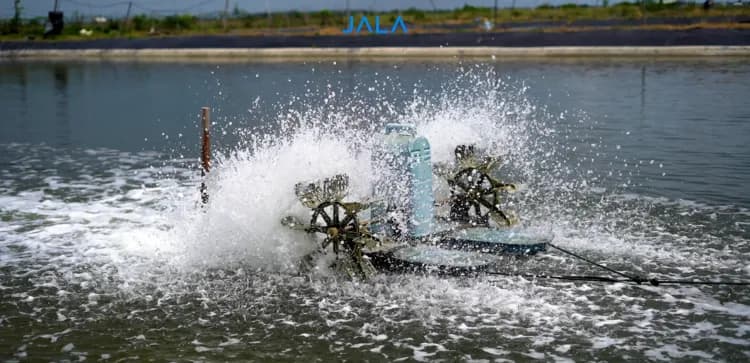
Plankton in shrimp ponds are microscopic aquatic organisms that are easily carried away by water currents. In the early stages of shrimp growth, from the larvae to post-larvae stages, plankton plays a crucial role as it is the shrimp’s natural feed source.
Based on their function, plankton in shrimp ponds are categorized into phytoplankton or microalgae and zooplankton. Phytoplankton are autotrophic organisms that are able to produce their own food and dissolved oxygen (DO). Meanwhile, zooplankton are very small aquatic animals.
What types of plankton in shrimp ponds are beneficial and which ones need to be avoided? Read further in the discussion below.





